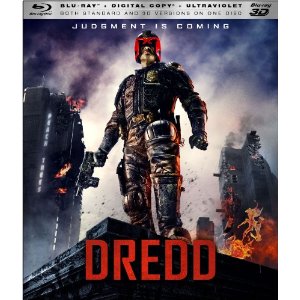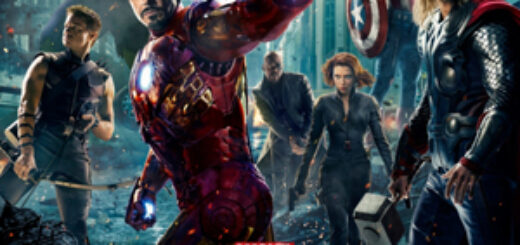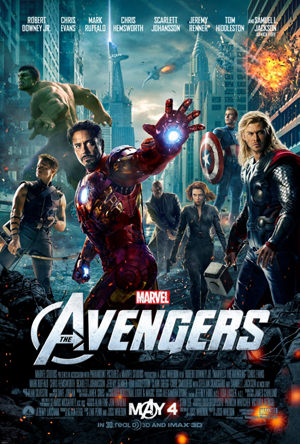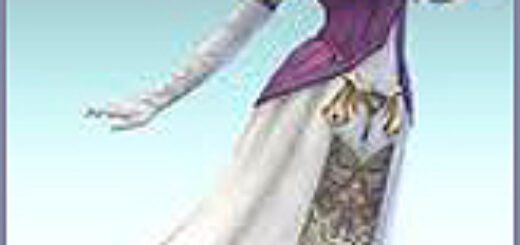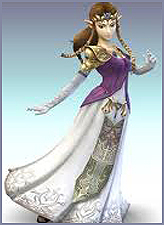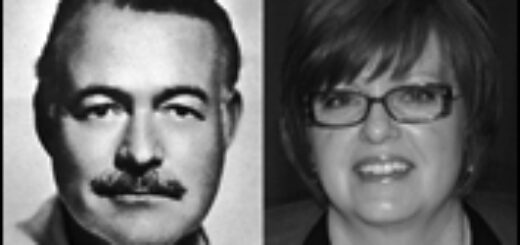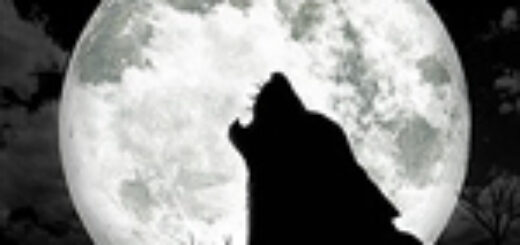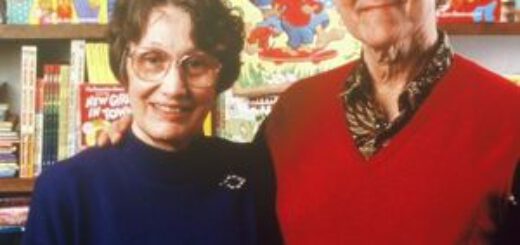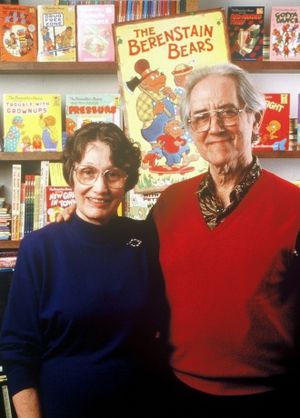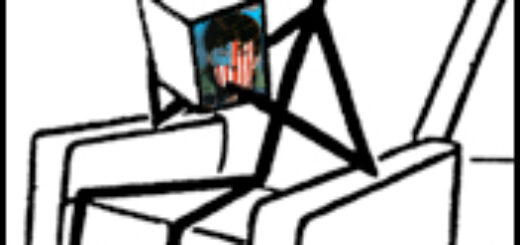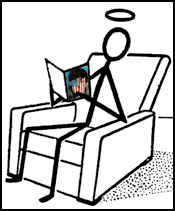Marc Alan Fishman’s Snarky Synopsis: “Figment #1”
Written by Jim Zub. Art by Filipe Andrade and Jean-Francois Beaulieu.
 Ever have a thing (in this case, a cartoonish purple dragon) on the tip of your tongue and you’ve just got to figure out where you’ve seen it before? I had to break down and look up Figment on Wikipedia. Figment is a Disney dragon who starred (Troy McClure style) in several shorts used throughout the Disney World theme park. So it would seem here, a salvo of Mouse-driven comic bookery, now put out by Mickey’s favorite movie-makers: a comic based on a barely-there cartoon character. Sure as hell beats a live-action Eddie Murphy star-vehicle about Tomorrow Land, I suppose.
Ever have a thing (in this case, a cartoonish purple dragon) on the tip of your tongue and you’ve just got to figure out where you’ve seen it before? I had to break down and look up Figment on Wikipedia. Figment is a Disney dragon who starred (Troy McClure style) in several shorts used throughout the Disney World theme park. So it would seem here, a salvo of Mouse-driven comic bookery, now put out by Mickey’s favorite movie-makers: a comic based on a barely-there cartoon character. Sure as hell beats a live-action Eddie Murphy star-vehicle about Tomorrow Land, I suppose.
Jim Zub, of Skull Kickers fame, turns in a script that could easily fare in a direct-to-DVD cartoon adaptation with ease. I am pleased to report that Zub comes from my favorite camp of all-ages content creators – building a book that doesn’t speak down to kids with crude humor or simple language. Instead he tells a simpler story, backed by a load of stylish flair and characterization. Our hero, the brilliant (and brilliantly named) Blarion Mercurial, is one of many fine minds working at the Academy Scientifica-Lucidus. Tasked by the demanding Chairman Illocrant to find new sources of energy, Mercurial is the quintessential dreamer with a heart of gold and a head in the clouds. We soon learn that Blarion himself is a man of meager means, given a shot at greatness because of his intrepid mind. His solution to the steam-punky world’s need for more power? The power of the mind, bay-bee. And his Integrated Mesmonic Convertor is the kind of kooky contraption a child might come up with on a rainy day.
The device harnesses the power of thought to generate electricity. Or that’s what Blarion would like it to have done. But like any good thrill-a-minute adventure book of days past, his invention doesn’t seem to work exactly that way. Instead, it created a sentient being built of pure imagination. Figment, the quirky and cute purple dragon – once an invisible pal to a young (and maybe lonely?) genius, now made real! But Zub doesn’t get long to revel in the science, as our hero is put back to the task at hand with seven days to solve the energy problem. I won’t spoil the ending – I know, that’s a change for me – but suffice the say the script zigs where I thought it might zag. It sets up the book for future chapters that clearly will be more frenetic than this first installment.
Concerning the actual words on the page, I reiterate my glee at a script that has no problem speaking above the target audience’s head. It causes would-be readers to stretch their vernacular in order to meet the mental demand of the story. That being said, this is a fun and whimsical book. One that I fret to admit I came in ready to hate with all the piss and vinegar I could muster.
Not to knock poor Walt, but Disney has not been synonymous to me lately with tons of good will. Cracking open this comic though reminded me of the company that set the tone for my childhood with aplomb. “Figment” is akin to those pieces of cinematic fiction that define generations of youth to strive for excellence. The fact that Jim Zub chooses to explore psuedo-science, and pair it with working-class sensibilities, and never take cause for a fart gag? It’s a sign to me that the all-ages comics are continuing to put to shame the cape and cowl sect – far more apt to dissolve into mindless action than tell a good story.
Art chores by Filipe Andrade and Jean-Francois Beaulieu give us a simply grand visual experience to enjoy. Andrade’s scenes are all awash in detail – sketchy detail – that show us an artist truly building a world … and perhaps layer abandoning it. His hand is loose and gestural, but his finished figures are hefty beneath the layer of slightly erased doodles. Beaulieu’s colors elevate the book to the stratosphere it aims at. Warm tones bring figures to the foreground against cooler-toned environments. And the bare hint of an occasional glow or knockout lend themselves more towards a painterly page than a Photoshopped one. While I had a few flashbacks to artists like Ryan Sook, and even Gene Ha in small doses, Filipe and Jean-Francois build a comic book that is simply a joy to read through. The fact that we can spent nearly 80% of the book without the titular dragon, and not miss it? It’s a sign that their work takes Zub’s script and carry us through universe-building without being a drag.
Zippedoo-da. Zippedee-aye. My, oh my, what a wonderful day! “Figment” hit my pull-list like a ton of bricks – the idea of a Disney-penned also-ran, made into a needless comic book – but ended up making my day. Jim Zub and the team of artists build a tale of brilliance that celebrates the power of thought, the joy of imagination, and yeah … there’s a dragon in it too. When fiction strives to elevate it’s target audience through the use of fine language and adult concepts, and present it without pretense? You get an end-product that both the parent and child can enjoy on their own terms. Whether you’re a fan of Mickey or not, Figment is a fine comic to seek out. You needn’t dream about it further; here’s one piece of your imagination made real.


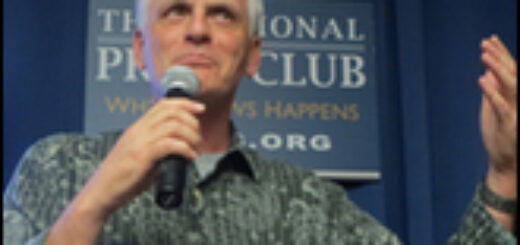

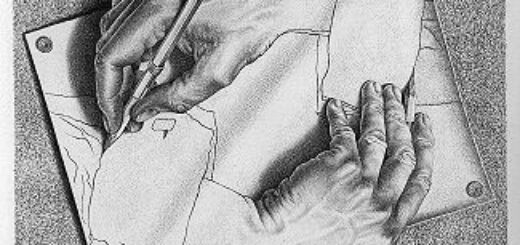
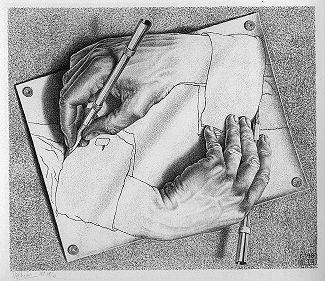 A funny thing about
A funny thing about 
